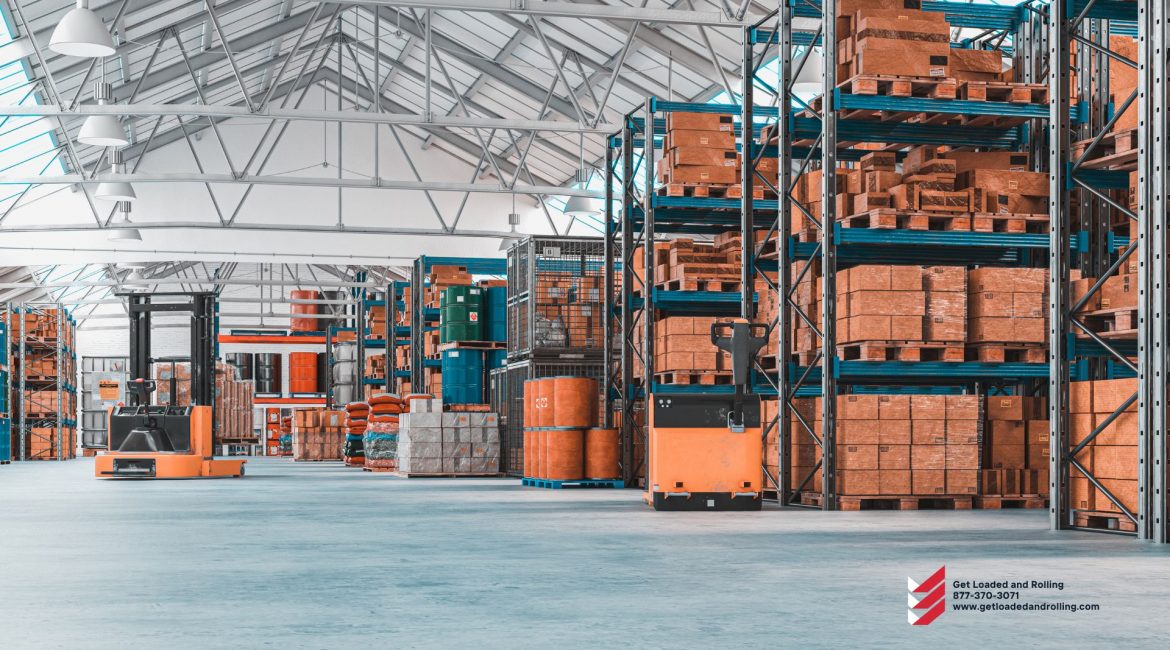There may never be another year like 2021 in the third-party logistics business.
According to an annual analysis from Armstrong & Associates Inc., the top 3PL research and consulting organization, rising volumes and a significant emphasis on outsourced logistics skills to manage fluctuating inventory flow made 2021 the best year ever for the trillion-dollar sector.
According to Evan Armstrong, the firm’s president, there will be more to come. According to the analysis, which was released in mid-July, the US 3PL industry is predicted to generate $414.1 billion in gross revenue in 2022, a 22% increase from 2021 levels. Net revenue, excluding transportation charges, is forecast to approach $140 billion, representing a nearly 17% rise.
Domestic transportation management (DTM), one of four subcategories that comprise Armstrong’s 3PL universe, would record a 25.6% increase in gross revenue to $174.6 billion. The DTM category, which includes truck brokerage and managed transportation, is the largest of the subgroups tracked by Armstrong in the United States.
International transportation management (ITM), which includes air and ocean freight forwarding, customs brokerage and related value-added services, warehousing and distribution, and specialized contract carriage, will all record double-digit gains in gross and net revenues this year.
In 2022, the warehousing segment will come in last. However, it should show significant strength in 2023 as demand for storage stays high while the other categories cool slightly, according to Armstrong.
Armstrong stated earlier this week that he was surprised by the growth seen in the first half of the year. According to him, the figures will normalize for the rest of 2022 as supply chain bottlenecks alleviate. Still, any substantial leveling off is a 2023 story, assuming it occurs at all.
Last year was a tough act to follow, with the sector setting records never seen before in the report’s 27-year existence. According to the research, ITM recorded an “unprecedented” 75% increase in total revenue to $122.4 billion last year, fueled by rising ocean and air freight prices. Despite limited capacity and high spot market rates, net revenue increased 44.6% to $35.6 billion.
The United States DTM recorded a 52.4% increase in gross income to $139 billion. According to the report’s data, net sales increased 50.2% to $19.8 billion, despite compression of gross margins driven by a quick spike in spot market rates.
The warehousing and distribution segment, which had nearly full warehouses in 2021, increased gross revenue by 17% to $54.6 billion and net revenue by 15.2% to $41.1 billion. The asset-heavy DCC market had slower growth due to driver and equipment constraints. Gross revenue rose 15.3% to $23.1 billion, while net revenue jumped 14.7% to $23 billion.
The increase was not limited to the United States. Global revenues increased by 41.8% year on year to $1.4 trillion in 2021, exceeding the 7.7% year-on-year increase to 2020 from 2019. The ITM segment led the way with a 60.8% increase in gross sales year over year.
These tendencies were not lost on investors. There were 25 M&A deals in the 3PL field last year, each valued at more than $100 million, a figure described as “astonishing” by Armstrong research, which noted that it was more than three times the number of significant transactions in 2020.
Armstrong stated in the interview that transactions will continue till 2022. They are more likely to be strategic with 3PLs purchasing one another. Private equity will play a smaller role, with the exception of if the PE firm already owns 3PL assets.
Higher interest rates will be ineffective as a deterrence. Capital costs have historically been low, liquidity has been ample, and many projects will be financed with stock rather than debt, according to him.
According to Armstrong, one of the unknowns will be the direction of truckload pricing. Spot rates have fallen precipitously from their 2021 highs and are now below contract rates. He anticipates that contract rates would stay elevated well into 2023, with spot prices settling at levels similar to their five-year averages.
Armstrong advises its third-party logistics clients to sign contracts with their shippers as soon as feasible. “There will be a lot of renegotiating in the fourth and first quarters of 2023,” he said.
